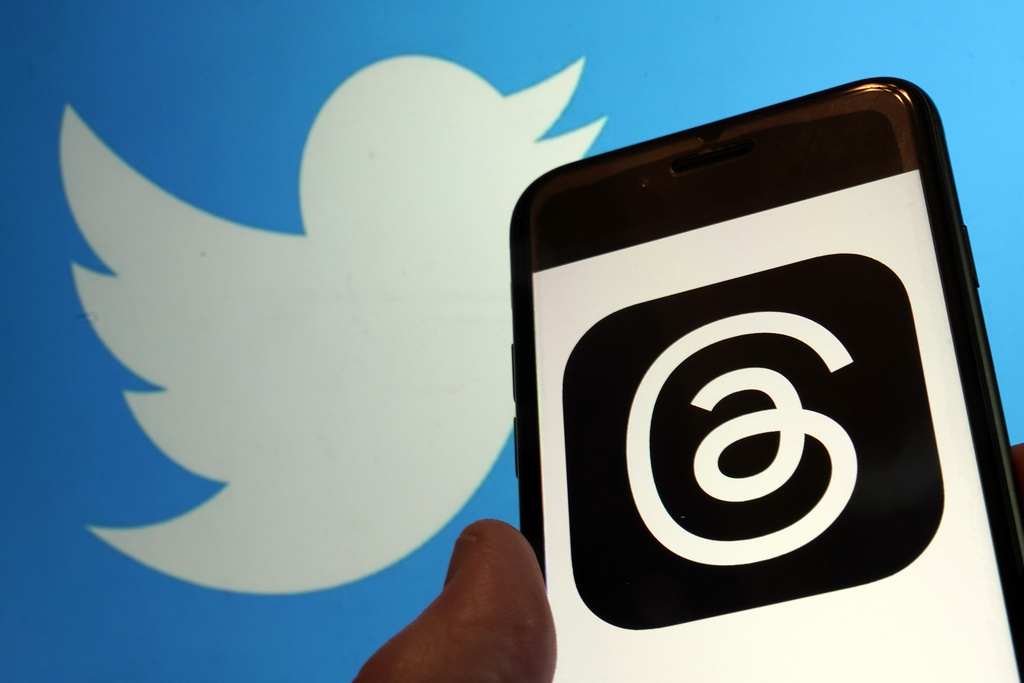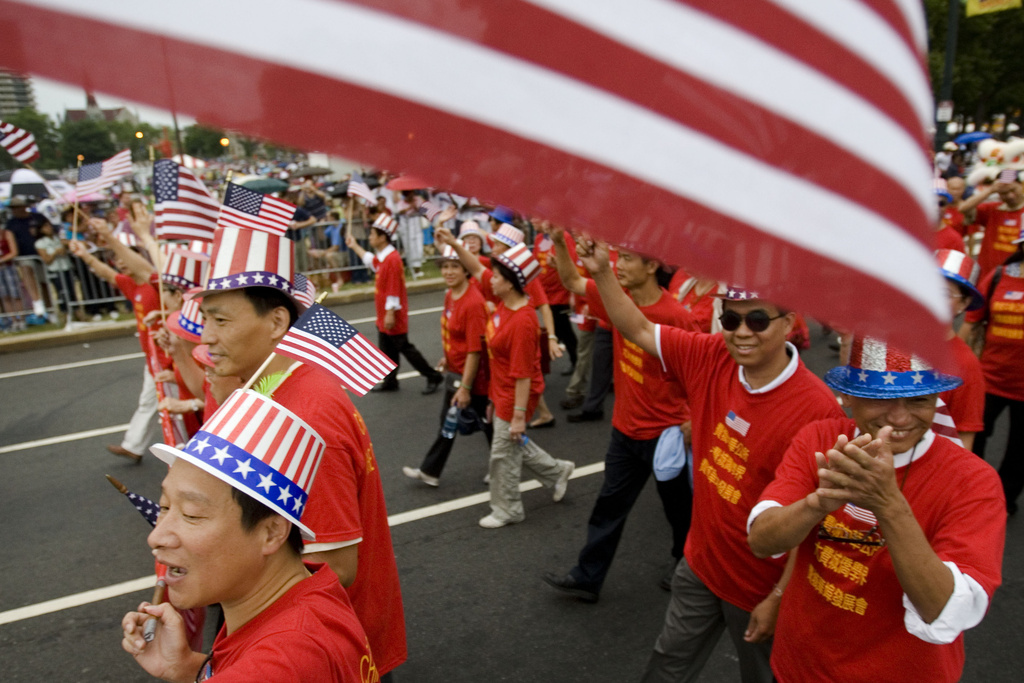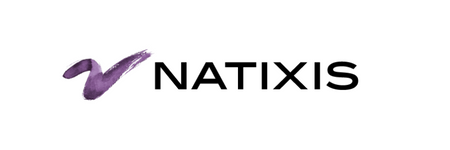View time: 2 min 02
Level : Advanced
View time: 2 min 02
Level : Advanced
Read time : 3 mins
Level : Advanced

By MATT O’BRIEN and WYATTE GRANTHAM-PHILIPS The Associated Press
Just how similar is Instagram’s chatty new app, Threads, to Twitter?
In a cease-and-desist letter earlier this week, Twitter threatened legal action against Instagram parent company Meta over the new text-based app Threads, which it called a “copycat.”
Threads has drawn tens of millions of users since launching as the latest rival to Elon Musk’s social media platform.
Threads creators pushed back on the accusations, and legal experts note that much is still unknown. For now, “it’s sort of a big question mark,” Jacob Noti-Victor, an associate professor at Yeshiva University’s Cardozo Law School who specializes in intellectual property, told The Associated Press. Continue reading
Read time : 2 mins
Level : Intermediate

By EDITH M. LEDERER Associated Press
UNITED NATIONS (AP) — The U.N. Security Council will hold a first-ever meeting on the potential threats of artificial intelligence to international peace and security, organized by the United Kingdom which sees tremendous potential but also major risks about AI’s possible use for example in autonomous weapons or in control of nuclear weapons.
UK Ambassador Barbara Woodward on Monday announced the July 18 meeting as the centerpiece of its presidency of the council this month. It will include briefings by international AI experts and Secretary-General Antonio Guterres, who last month called the alarm bells over the most advanced form of AI “deafening,” and loudest from its developers.
“These scientists and experts have called on the world to act, declaring AI an existential threat to humanity on a par with the risk of nuclear war,” the U.N. chief said. Continue reading
View time : 1 min 38
Level : Intermediate
View time: 2 min 00
Level : Advanced
Read time : 3 mins
Level : Advanced

By HILLEL ITALIE AP National Writer
PHILADELPHIA (AP) — In the bedroom of the Betsy Ross House, a reconstruction of where the upholsterer worked on her most famous commission, a long flag with a circle of 13 stars hangs over a Chippendale side chair and extends across the floor. Over the weeks in 1776 needed to complete the project, Ross would have likely knelt on the flag, stood on it and treated it more like an everyday banner — not with the kind of reverence we’d expect today.
“She would not have worried about it touching the floor or violating any codes,” says Lisa Moulder, director of the Ross House. “The flag did not have any kind of special symbolism.”
Flags proliferate every July 4. But unlike the right to assemble or trial by jury, their role was not prescribed by the founders. They would have been rare during early Independence Day celebrations. Only in the mid-19th century does the U.S. flag become a permanent fixture at the White House, scholars believe; only in the mid-20th century was a federal code established for how it should be handled and displayed; only in the 1960s did Congress pass a law making it illegal to “knowingly” cast “contempt” on the flag. Continue reading
